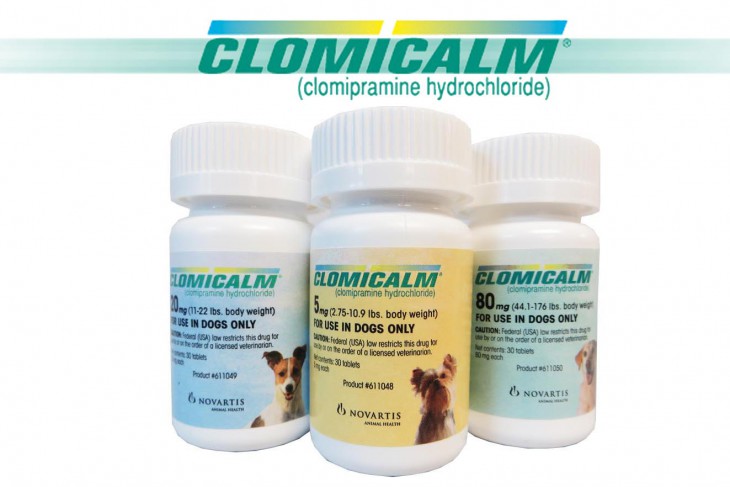Have you ever left home for work or school only to come back to torn up couches or scratches on your hardwood floor? Do your neighbors complain about your dog’s barking and whining when you’re gone? Does your dog go to the bathroom inside your home when you’re away even though they’re potty trained? These are all signs your dog may have separation anxiety.
What is separation anxiety?
Separation anxiety is when your pet becomes upset while in anticipation of, or being left alone. Your dog may show their distress when they feel you’re about to leave. For example: whenever I was about to leave home, I would put on my shoes, this would cue my dog that I was about to leave which would trigger his anxiety causing him to pace around and become excited in expectation of me opening the door. Getting the car keys, taking a shower, putting on hairspray or any other task you may do before leaving could all be triggers for your dog. Dogs that are very attached that follow you from room to room constantly seeking attention are more prone to having separation anxiety as well as dogs owned by single owners rather than multiple people. A bored dog and a dog with separation anxiety may be hard to differentiate from each other but here are some key things to look for when trying to determine what mental state your dog is in. After leaving your home if your dog suffers from separation anxiety they may exhibits some of these behaviors such as: damaging doors or any other barriers especially the door you were last seen at, barking and yipping, and urinating and soiling. The key thing to remember when determining the origin of your dog’s behavior is to remember to look for whether your dog is nervous and fearful or not and if so it probably means your dog has separation anxiety. These behaviors usually take place within 30 minutes after you’ve left. Separation anxiety can be a nightmare for dog owners but with the proper training with the aid of dog calming medication this behavior can easily be averted.
How do I prevent separation anxiety?
The first and most important step is to employ techniques to discourage your dog from becoming excited or fearful when departing and arriving to and from your home. For instance, make sure you avoid making a big deal out of leaving or coming back to your home. Acting calm around your dog during these times is very key in aiding your dog’s recovery. Leaving a piece of clothing that is either dirty or that you’ve slept with can also help your dog manage with their anxiety. Having a cue, such as an action or word, that alerts your dog you’ll be back can also be useful. By combining a behavior modification training regimen with medication separation anxiety can be treated. Clomicalm by Novartis can aid your dog in learning new and positive behaviors by utilizing its tricyclic antidepressant clomipramine. Clomicalm is safe as it is approved by the FDA which uses stringent standards in evaluating the safety of medication. Clomicalm is also effective in relieving your dog’s suffering and helping them return to a well balanced life.
What not to do
Here are some things you should avoid doing if your dog is dealing with separation anxiety. Crating will not stop your dog’s anxiety and may even exacerbate the problems as your dog may injure themselves in attempts to escape, instead consider creating a safe place where your dog is unable to damage the home. This place should have some distractions in place such as toys or a window and dirty laundry to help calm your dog through smell (your smell). Punishment is also ineffective as it can make the issue worse, although it can be frustrating when your dog ruins furniture and damages property its important to remember your dog is acting out of panic.
If you believe your dog has separation anxiety speak with your veterinarian about adding Clomicalm to your dog’s behavior modification plan. Help relieve your dog’s suffering and buy Clomicalm at Allivet and save up to 40% off popular pet medication and supply products.





